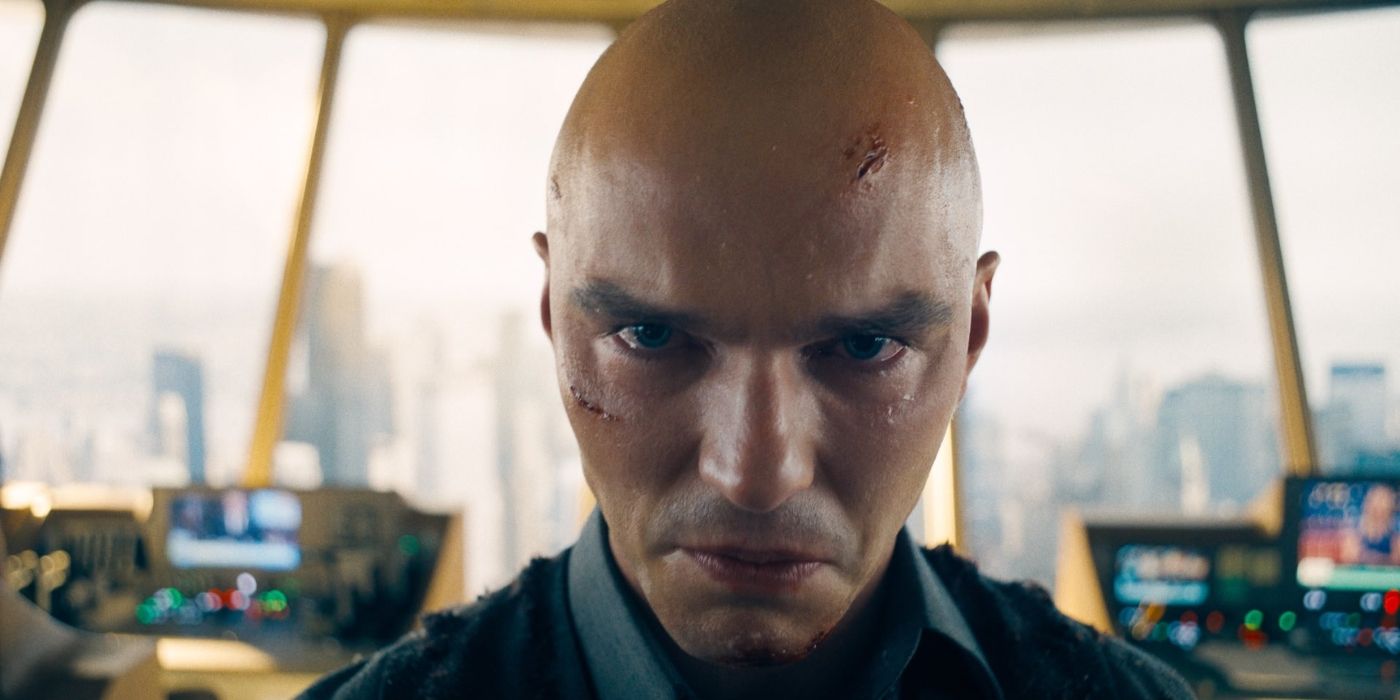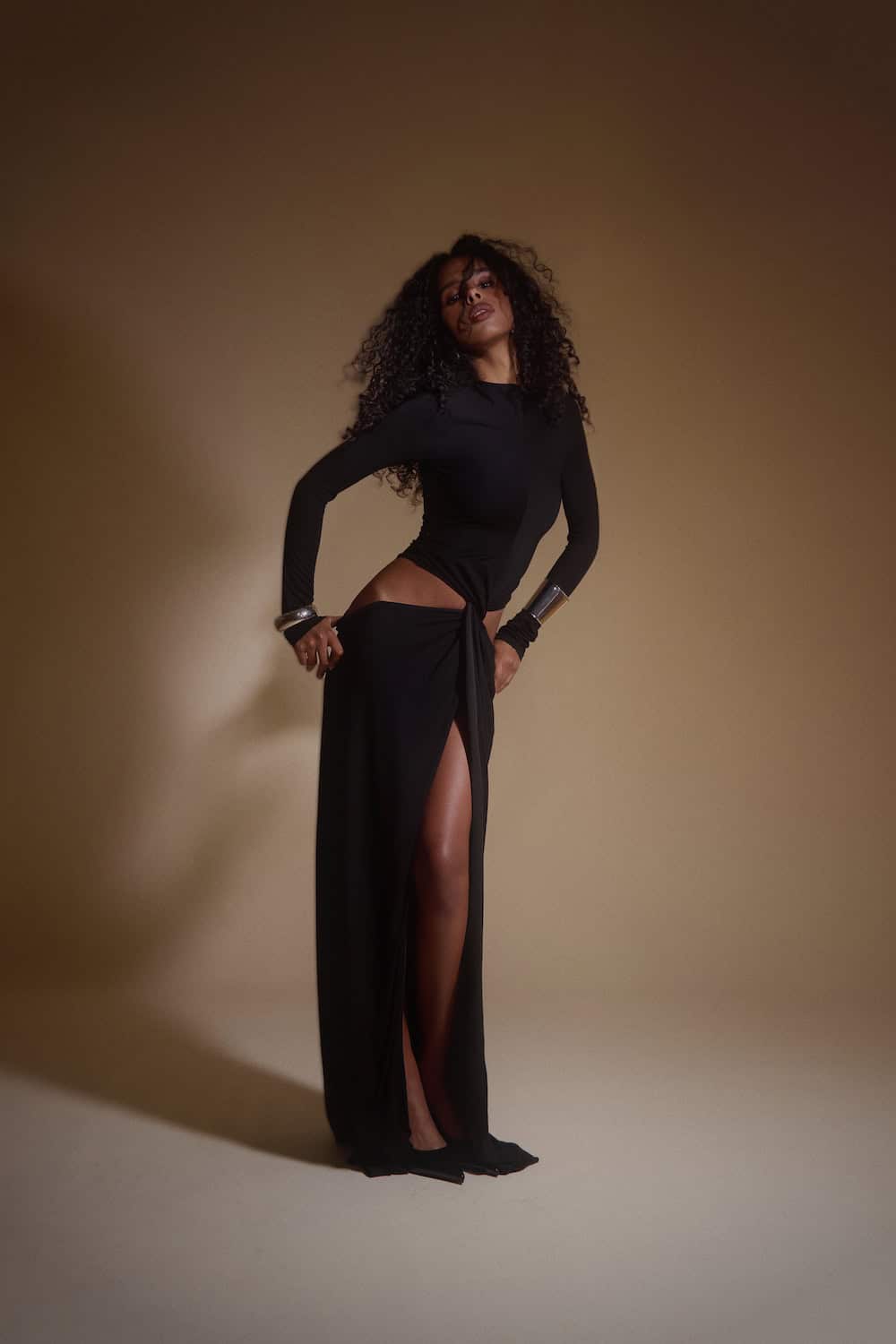It’s a bummer, really, because—like many a “How did this person become the character we already know?” films—”Cruella” is filled with situations, set pieces, and moments of characterization and performance that suggest it had everything required to stand on its own two high-heeled feet, minus the guardrails of intellectual property owned by the largest entertainment conglomerate the world has ever seen.
Estella’s rightful desire to punish a bad person, for example, is intertwined with her drive to succeed in business, a touch of psychological complexity that the script isn’t interested in unpacking because it already has its hands full making Estella a lively character in her own right and simultaneously setting her up to become Cruella de Vil—a transformation that makes increasingly less sense the more you learn about the character. A pity, that. People in real life often do good things for bad reasons and vice versa, or use their trauma as an excuse to lower themselves to the level of the person they’ve decided is (to quote Bond’s nemesis Blofeld) the author of all their pain. Because the film can’t, or won’t, deal with the material that’s right in front of it, it comes across seeming as if it wants credit for a sophistication it does not possess.
There’s no denying that “Cruella” is stylish and kinetic, with a nasty edge that’s unusual for a recent Disney live-action feature. But it’s also exhausting, disorganized, and frustratingly inert, considering how hard it works to assure you that it’s thrilling and cheeky. You get forty minutes into it and realize the main story hasn’t started yet. Were it not for the acrobatic camerawork, the game lead performances by two Emmas, and the parade of eye-popping costumes by Jenny Beavan—eighty knockouts in 134 minutes, not counting the period-inspired background garb on the extras—it would be a nonsensical heap of broken images, as aesthetically bankrupt as “Star Wars: The Rise of Skywalker” and the first “Suicide Squad.”
More vexing is the film’s reluctance to own the fact that—as one of many obvious song cues assure us—it has Sympathy for the Devil. She’s not really the devil—not even remotely, as the script keeps telling us—but she is an awful person in many ways, and we are expected to adore her because the Baroness is so much worse.
The movie hits a giddy peak in its final act when it becomes a contest of wills. It’s here that the leads cut loose. Thompson in particular achieves cartoonish grandiosity, a supervillain armored in haute couture. Every head tilt, sneer, and side-eye is a non-physical assault on the Baroness’ enemies and underlings, some of who don’t realize they’ve been symbolically executed until their heads hit the basket. The effect is similar to what Cate Blanchett achieved in “Thor: Ragnarok,” another film where the costumes were practically giving performances of their own, and the smartest actors in the cast knew how to merge with them.
You can view the original article HERE.


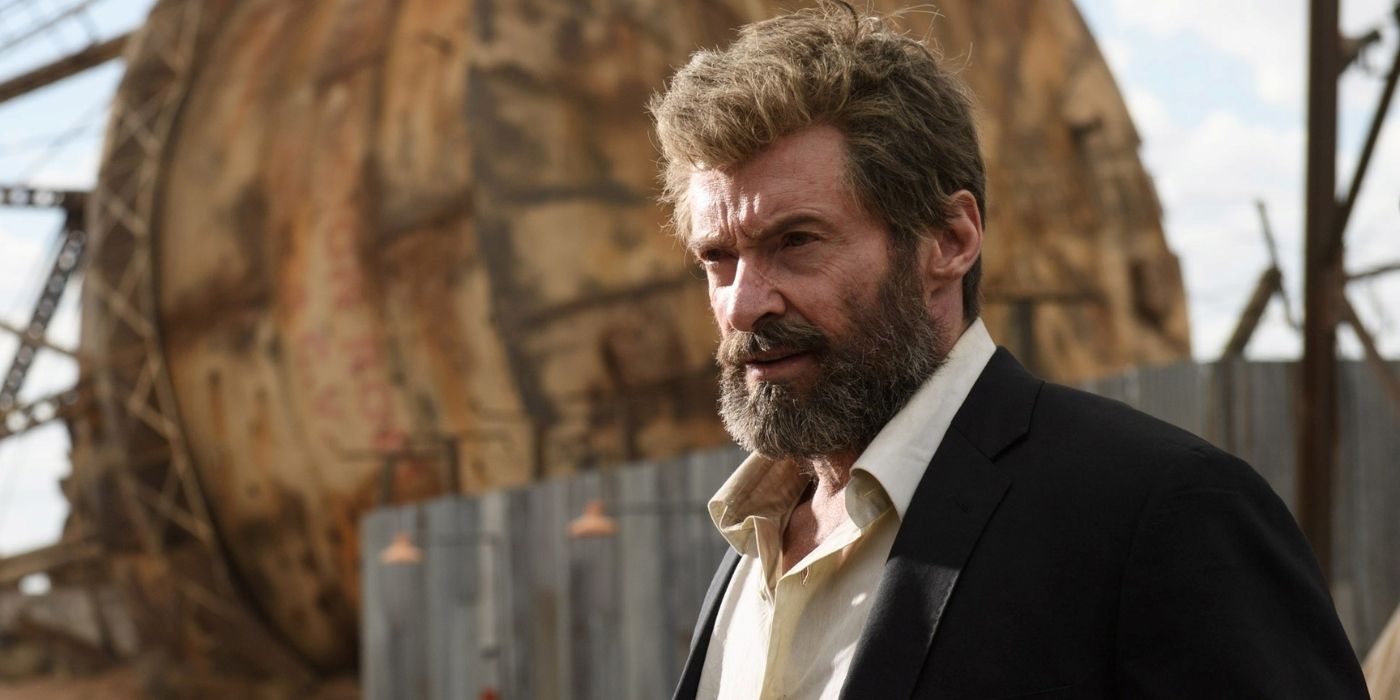






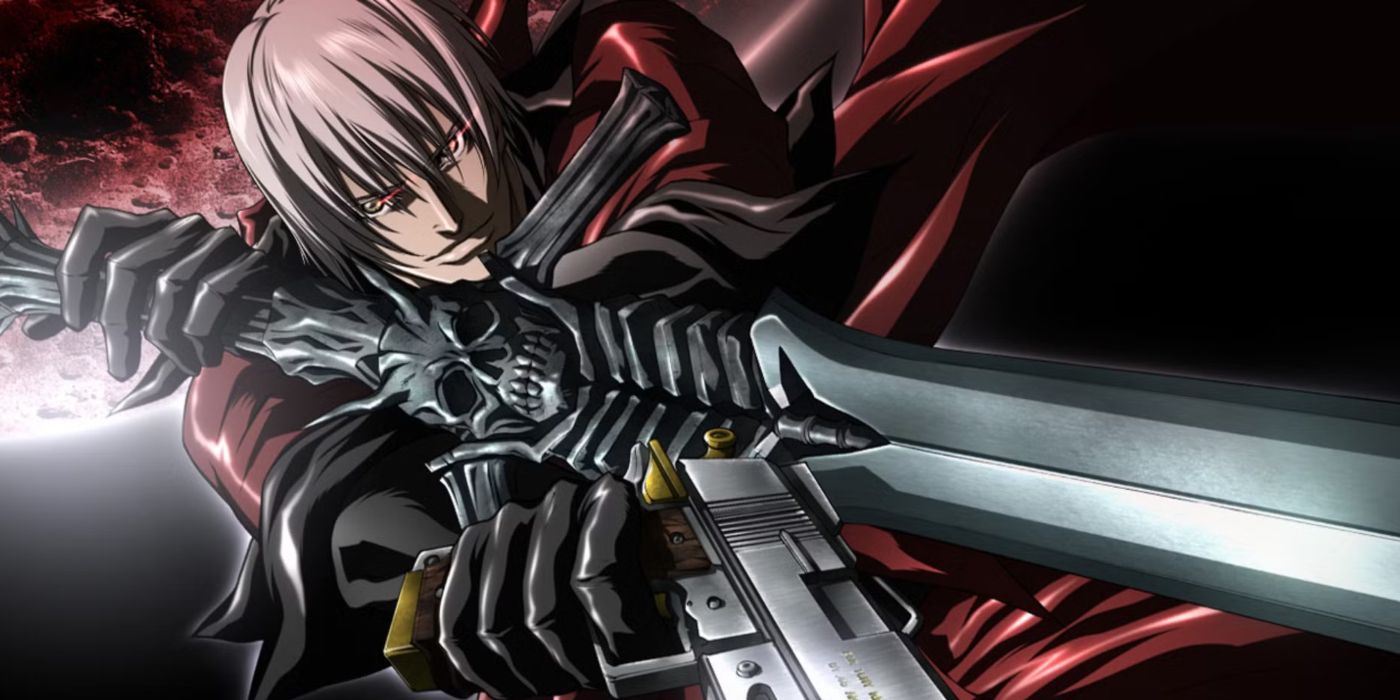






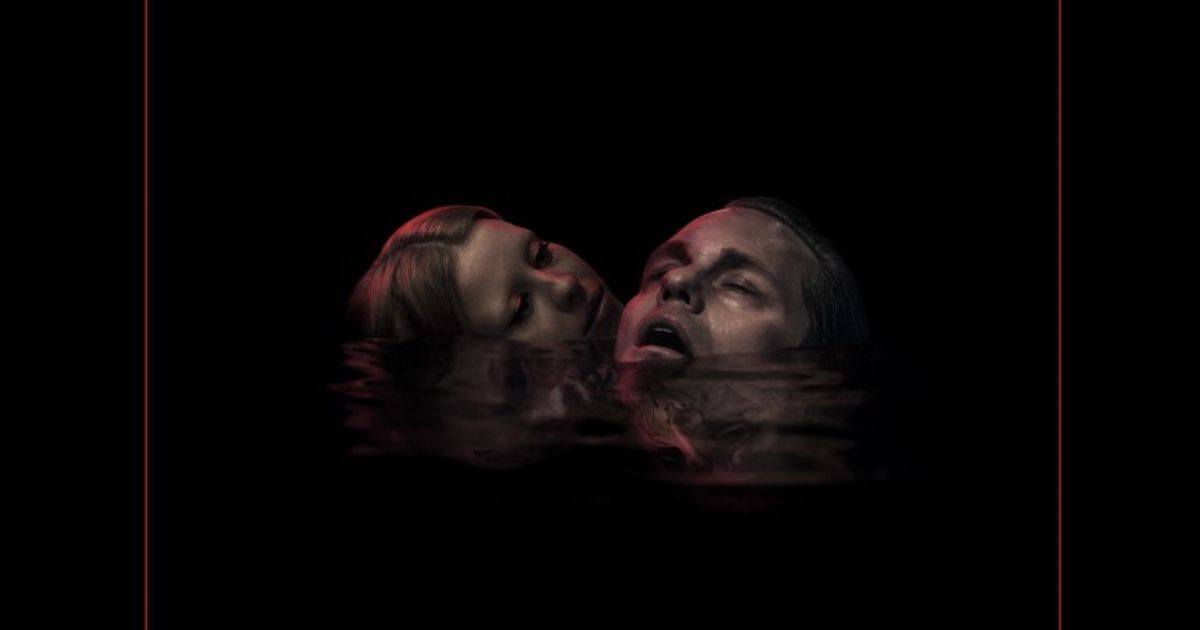

.jpg)






